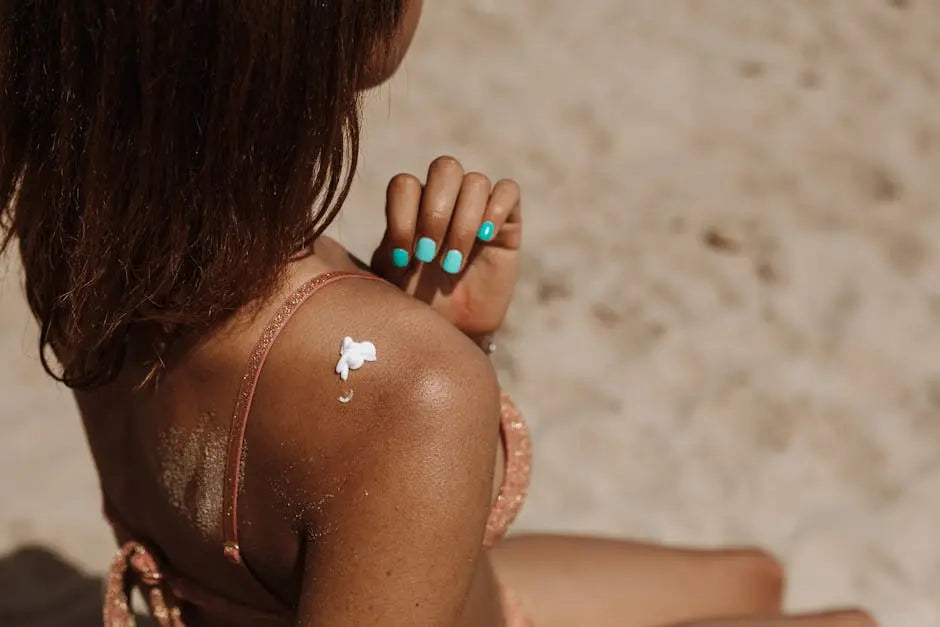UVA vs UVB Rays: What's the Difference?

You likely know that skin cancer and aging are largely the result of prolonged exposure to the sun. Ultraviolet (UV) radiation is all around us and understanding the basics behind it can help you combat the risks so you can relax knowing you're protected. While all the dangers of sun exposure sound scary, the good news is that with proper measures taken, most of the risks can be greatly reduced! So to start, let's talk about the differences between UVA and UVB rays so you can know the different risks they pose.
UVA Rays
Think A for aging.
UVA rays are known as the rays that cause premature aging and wrinkles. They account for up to 95% of the UV radiation that reaches the Earth's surface, plus they're present year-round no matter the season and can penetrate through glass and clouds. This means that even if you're indoors during the winter months, these sneaky UVA rays have the same intensity as in the summer months (don't skip out on your sunscreen just because you're indoors or it's cold).
UVA rays are slightly less intense than UVB rays, however, your risk of exposure is much higher making them equally harmful. With prolonged exposure to UVA rays, you will develop premature wrinkles and a higher risk of developing skin cancer.
When choosing your sunscreen, be sure to look for protection against both UVA and UVB with an SPF of 30 or higher. To protect your body, cover your skin with UPF50+ clothing so you'll be protected whether you're indoors or outdoors!
UVB Rays
Now think B for burning.
If you've ever had a sunburn (let's face it, most of us have), you know how painful and uncomfortable they are! And the most annoying part about getting a sunburn is that they're 100% preventable. Sunburns are the result of overexposure to UVB rays, which are also a large risk to skin cancers.
UVB rays are at their highest between 10am and 4pm between April and October, but they're still harmful during the colder months as well. Be mindful of higher altitudes and reflective surfaces (water, snow, metal, etc) because the UVB rays can reflect off of those surfaces and penetrate your skin. So before you head out to your next ski trip, cover up in broad-spectrum SPF!
How You Can Protect Yourself
The best way to practice sun-safety is by covering up in high-quality sun protective clothing, in addition to sunscreen and seeking shade. All Tutublue suits are made with premium UPF50+ fabric that will protect your skin from both types of rays, plus the protection will never wash out or rub off! UPF50+ protects your skin from 98% of UVA and UVB rays, so you can feel confident knowing that we have you covered (literally). Click here for more information about sun safety!





Leave a comment